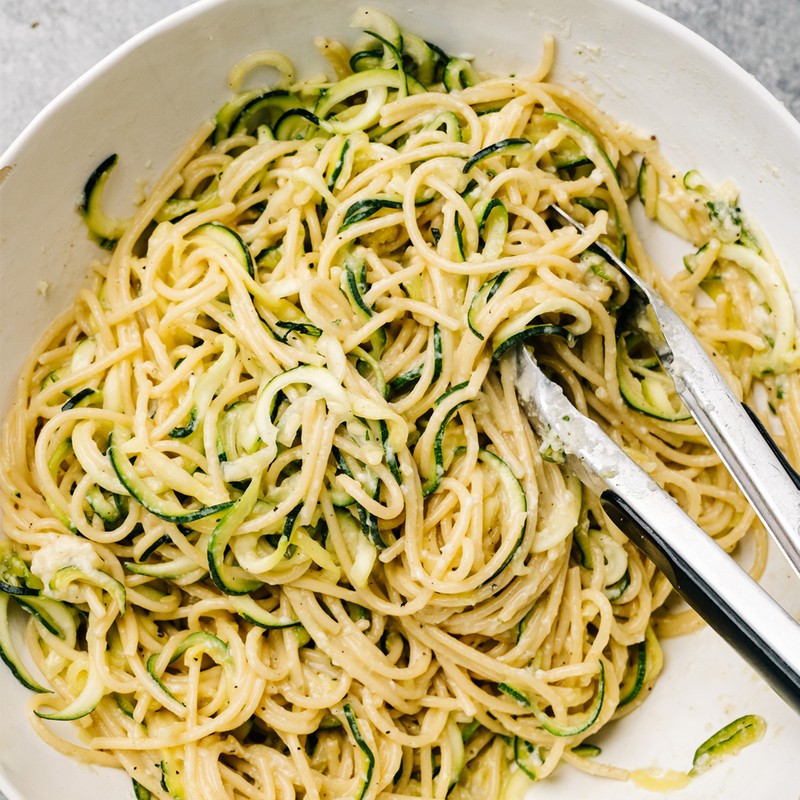A PT’s Guide To Fuelling Your Workout
Low Intensity
The Workout: Yoga, gentle Pilates, easy walking
What To Eat Before: There’s no need to overcomplicate your pre-workout nutrition when it comes to gentle forms of exercise, says Elliott Upton, PT and head of training at Ultimate Performance. “Slower-paced forms of exercise don’t warrant the extra fuel, so don’t stress too much about pre-workout snacks in this situation. If you want to eat beforehand simply because it makes you feel better and gives you a psychological pre-workout boost, then go for it. But pre-workout nutrition in this situation isn’t necessary. If you do eat, prioritise clean, lean foods, and avoid anything that’s rich in fibre or fat, which may cause digestive discomfort.” Sebastijan Orlic, exercise nutritionist, says that if you do want to eat before Pilates or yoga, do so three hours before a class and look to complex carbs and lean protein with a small amount of high-quality fat – think a smoothie with protein powder, berries and peanut butter, or a piece of fruit and some nuts.
What To Eat After: You don’t necessarily need significant amounts of protein and carbs straight after a yoga or Pilates class, says Elliott, but it’s good practice to consume high-quality protein, fibrous vegetables and single-ingredient, high-fibre carb sources after a session. “Listen to your body: if you’re not hungry, there’s no need to eat immediately; if you are, try something like a salmon fillet with green vegetables and a roasted sweet potato. If it’s not a mealtime, prioritise protein and fats over carbs.”
Top Tip: Research suggests lower-intensity workouts sustained over a longer period – for example a long walk or long yoga class – can leave you feeling hungrier than an intense run. “By all means refuel with a balanced meal or snack but be wary of over-compensating for the calories you think you may have burned,” adds Sebastijan.
Medium Intensity
The Workout: Cycling, jogging, barre
What To Eat Before: “If you’re exercising at a moderate pace, you may sweat, but you can still hold a conversation,” says Sebastijan. “This could be brisk walking, using a cross trainer, cycling on level ground, swimming leisurely, dancing, tennis or gardening, all of which warrant some form of pre-workout fuel.” Elliott agrees: “These types of exercise break down muscle tissue, which explain why fasted cardio isn’t a great idea, especially if you’re looking to tone up or lose weight. In an ideal world, consume high-quality protein and good fats around an hour before a moderate-intensity workout – think nuts, seeds and avocados. Eating some form of protein pre-workout can increase your muscle protein synthesis response – i.e. it can increase your strength and enable you to get more out of your workout. Consuming protein – whether it’s a smoothie or some eggs – lowers the rate of muscle protein breakdown, which can become elevated during exercise, especially if you are in a calorie deficit to lose weight, and therefore more likely to tap into muscle tissue for energy.”
What To Eat After: Aim for a balanced ratio of protein to carbs. “Around 20-30g of both protein and carbs will be sufficient to top up glycogen stores and aid muscle recovery,” adds Elliott. “If you’re lean with low levels of body fat, you can afford to take on a higher volume of carbs – perhaps nearer 50g. If you’re trying to lose weight, aim for a higher amount of protein and slightly fewer carbs.”
Top Tip: Remember we are all different, so what works for your best friend may not work for you. “If you’re halfway through a workout and feel ‘off’ – perhaps you’re lifting weights and can’t finish a set or feel weak – or feel light-headed and lack motivation and energy when jogging, this could be a sign you need to fuel a workout better,” Elliott says. “These are all classic signs your body is crying out for a bit more fuel in the tank. At the same time, if you feel consistently weak and sore after a workout, or as the weeks go by, you’re failing to progress – whether you can’t run faster, lift heavier or put on muscle – this could be a sign you need to work on your nutrition, not just post-workout, but throughout the day.”
High Intensity
The Workout: Running, HIIT, spinning
What To Eat Before: “Properly fuelling your body before an intense workout is essential if you want to see results,” says Elliott. “Whether you’re lifting weights or heading out for a long run, you need to prepare your body to be able to get the most out of a session. These types of workouts are very effective at burning calories, which means they expend a lot of energy. Get your nutrition right, at the right time, and it can make a real difference. Get it wrong and you’ll feel weak, drained and you won’t see results.” If you aren’t looking to lose weight, fuel pre-workout with high-GI carbs – think cereal, white bread, potatoes and fruit like bananas and grapes – which release glucose into the bloodstream quickly. “If you are trying to lose a few pounds, look to foods that release glucose into the blood more slowly, such as oats, quinoa, brown pasta and oatcakes,” advises Elliott.
What To Eat After: Prioritise protein and carbs, but there’s no need to do so urgently. “Yes, you should aim to get a decent amount of protein post-workout, but it’s a myth you need to eat within 30 minutes of a workout. Waiting for one to two hours is fine and won’t affect your results,” says Elliott. “If you’ve eaten sufficient protein within two hours of exercising, you’ll have a decent pool of amino acids – the building blocks that make up protein – in your system, so you can afford to wait a couple of hours. When you do eat, be sure to include a decent amount of carbs. The idea that recovery is only about protein is a misconception – carbs are vital. Carbs and protein work in tandem, and carbs enable protein to enter into muscle cells more efficiently compared to eating protein in isolation.” A sweaty workout could also mean you’re losing more than just water. Key nutrients lost in sweat include sodium, potassium, calcium and magnesium. “If you’ve had a very sweaty workout, don’t be afraid to add some additional salt to your meal,” says Sebastijan. “Don’t underestimate the humble banana, either – just one banana can contain up to 600mg of potassium, the amount lost during an hour of hard training.”
Top Tip: If you’re a keen runner, studies suggest you may be at an increased risk of an iron deficiency. That’s because every time your foot hits the pavement, this creates pressure, which can destroy a small amount of red blood cells. Iron can also be lost through sweat, as well as through the gut during endurance exercise. A lack of iron ultimately results in less oxygen reaching your exercising muscles, so a deficiency could be the thing standing between you and a PB. If you are very active and do more than three high-intensity sessions a week, think about topping up your iron stores – red meat, lentils, dried apricots and beans are all good sources.
For more information visit Glycanage.com and UltimatePerformance.com
Shop Our Product Edit

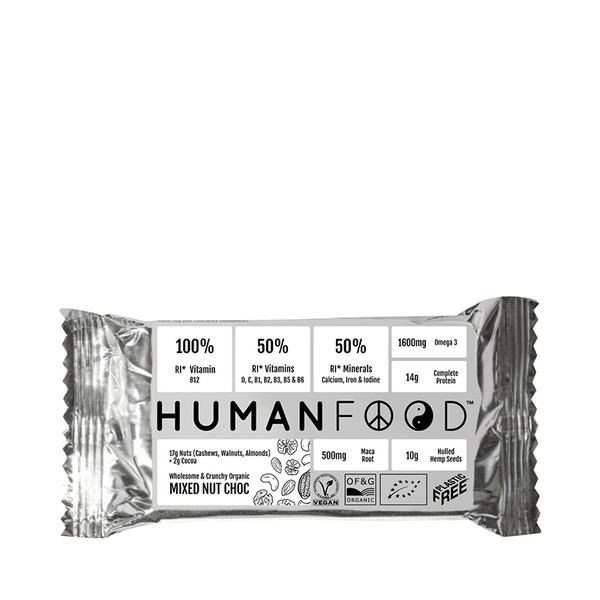
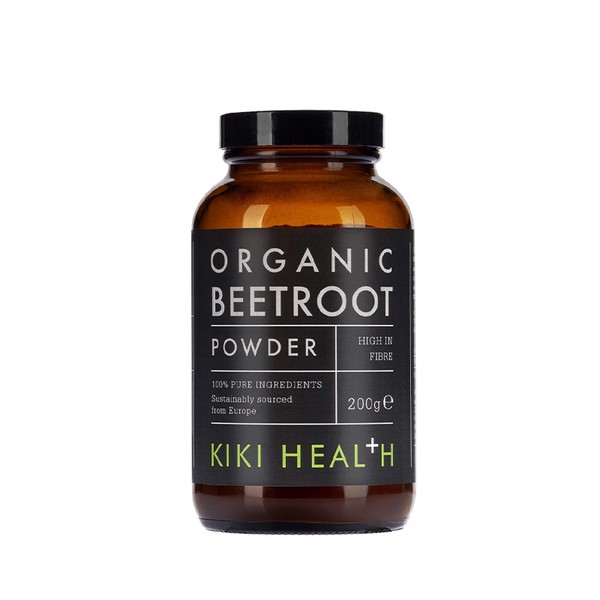
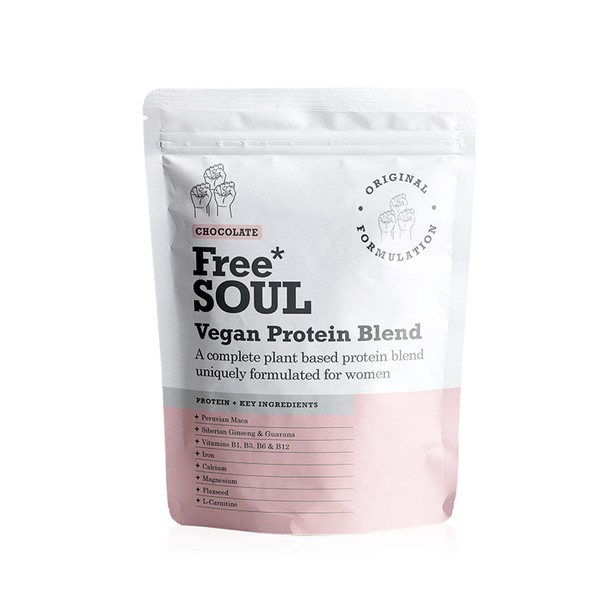
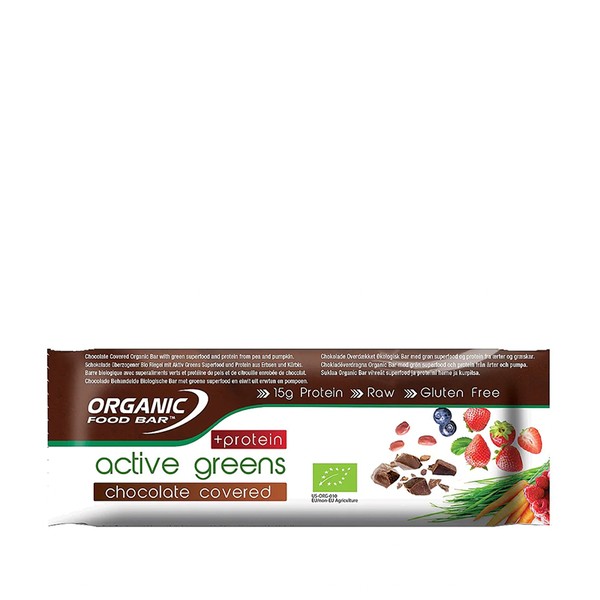
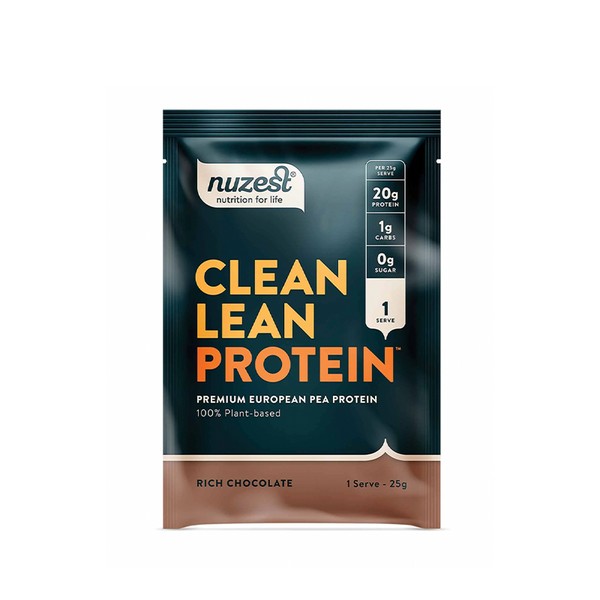

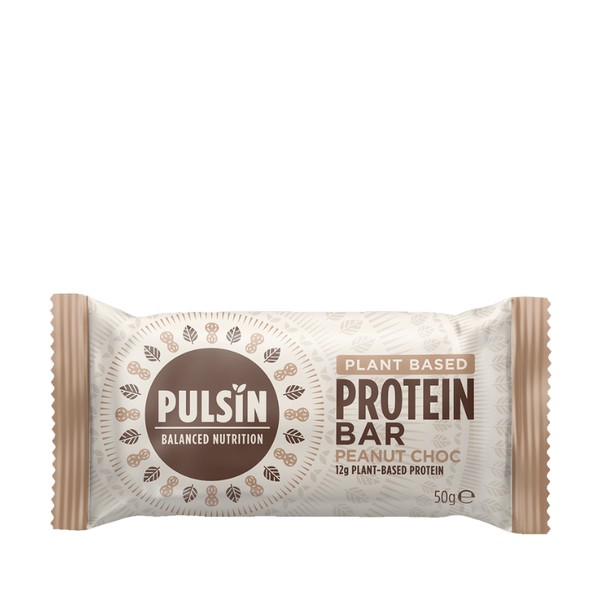
DISCLAIMER: Features published by SheerLuxe are not intended to treat, diagnose, cure or prevent any disease. Always seek the advice of your GP or another qualified healthcare provider for any questions you have regarding a medical condition, and before undertaking any diet, exercise or other health-related programme.
DISCLAIMER: We endeavour to always credit the correct original source of every image we use. If you think a credit may be incorrect, please contact us at info@sheerluxe.com.
